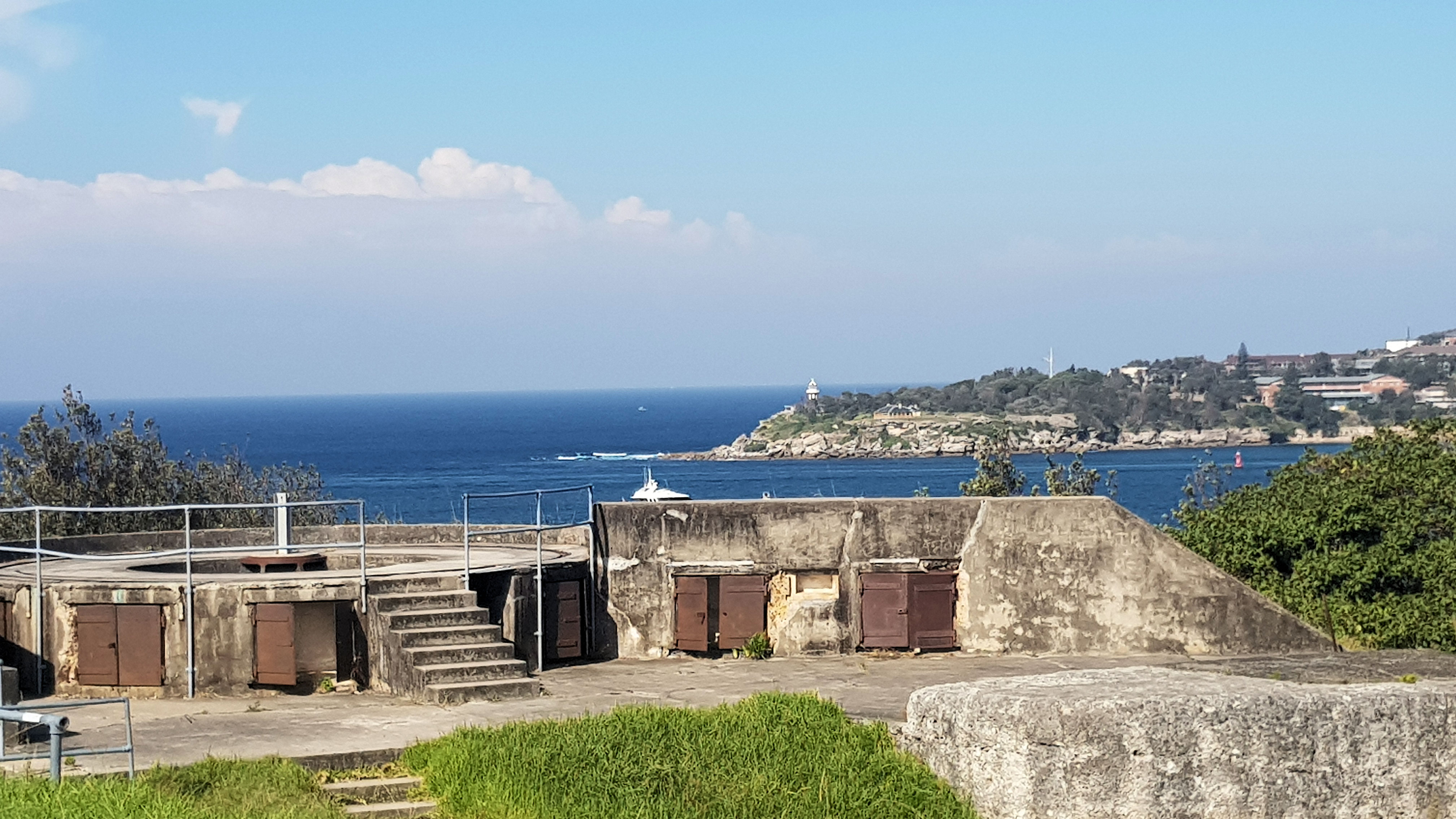Category: Military Museum
-
Small Arms Factory Lithgow

The Small Arms Factory in Lithgow is a reminder of Australia’s industrial past when the country was self reliant and able to produce its small armaments. Now disused the factory is merely an empty shell, although Thales still operate part of the site. However the old administration building is now a museum displaying items once… Read more
-
Middle Head Sydney Harbour

Middle Head Middle Head on Sydney Harbour houses the remains of Sydney’s original fortifications. Designed to repel an invasion from the sea, these huge concrete structures no longer have their guns, but remain as a reminder of times when Australia thought it was going to be invaded. The Royal Australian Navy still has a presence… Read more
-
Bowenfels Gun Emplacements

Bowenfels Gun Emplacements The Bowenfels Gun Emplacements were constructed during World War 2, to protect the Small Arms Factory and coal production at a Lithgow. These industries were important to Australia’s war effort. The potential of an attack due to improvements in aircraft technology led to the construction of air defenses. Placed around Lithgow, two… Read more